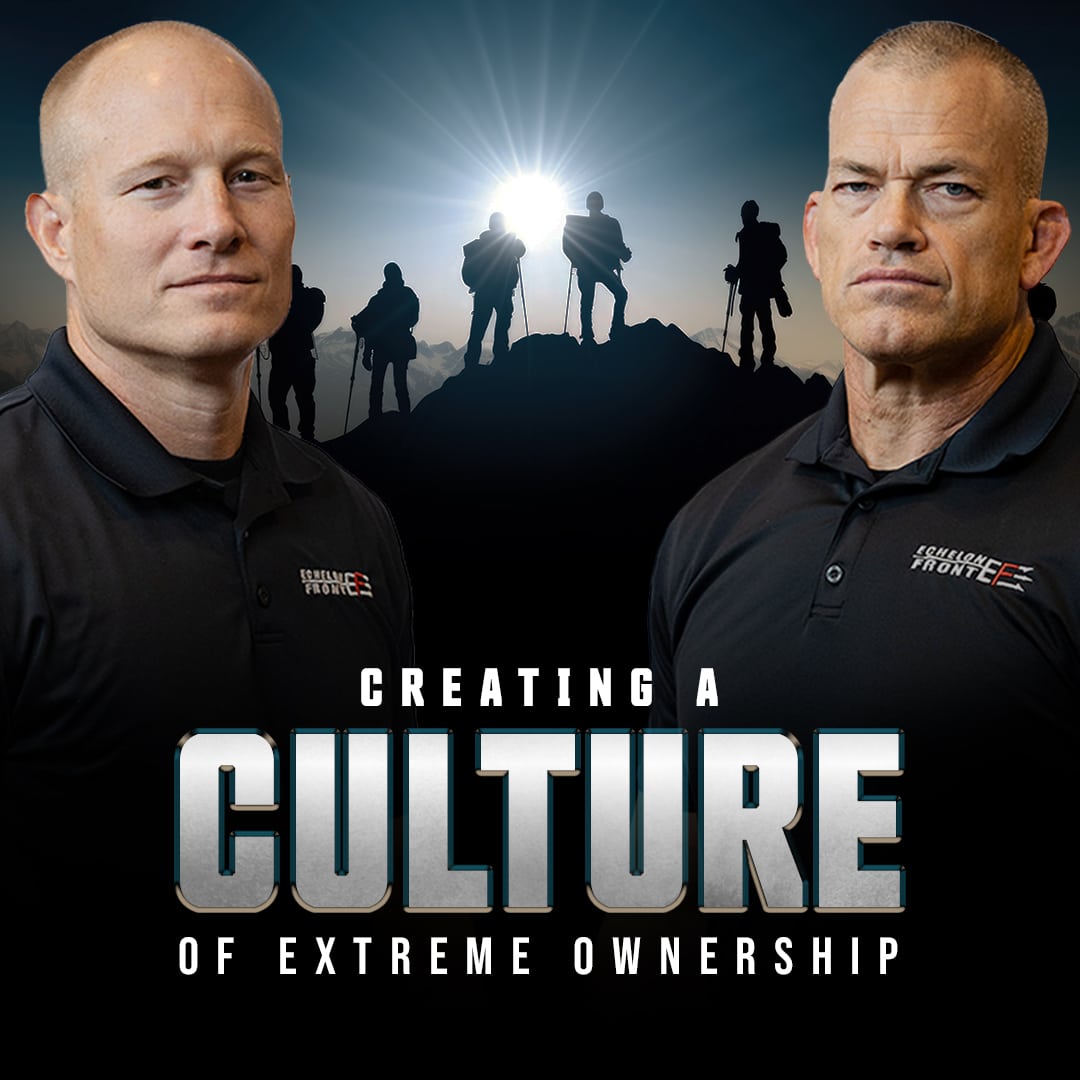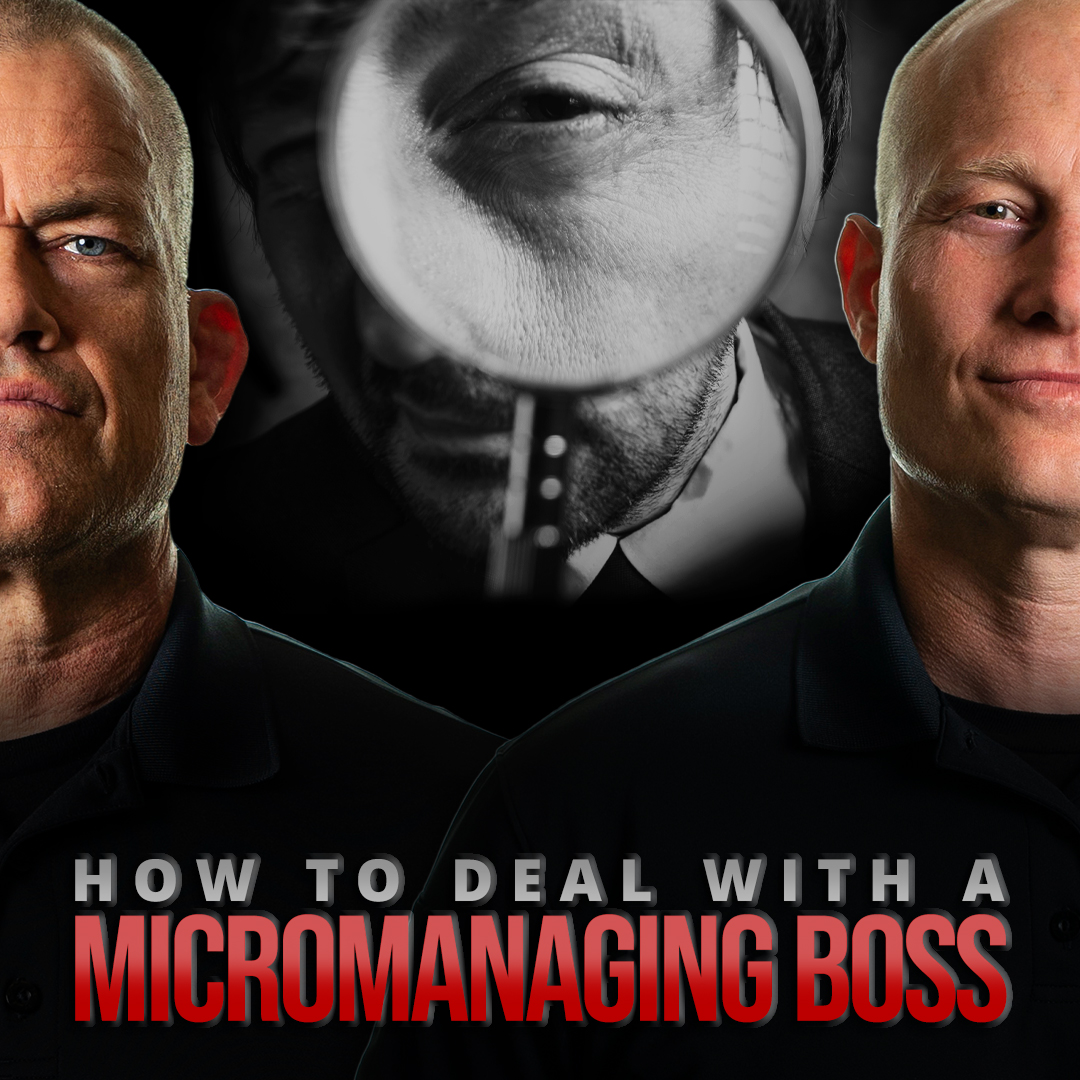EVERYONE WANTS TO WIN. LEARN HOW TO BUILD A WINNING CULTURE INSIDE YOUR ORGANIZATION.
We had a client that was tired of losing. For years, they had been ranked last among twelve disaggregate job sites across the U.S. One leader in the organization finally decided he was tired of losing and decided to take action. He wanted to learn how to build culture in the workplace. He read the book, Extreme Ownership: How U.S. Navy SEALs Lead and Win, and approached others on the team with the idea of bringing in Echelon Front to help them learn how to promote culture in the workplace. It took more than a year of sustained effort and training. But by year two, instead of last, the client ranked first out of all twelve job sites across the U.S. They have maintained their #1 ranking for the last three years running. This organization learned how to improve culture in the workplace. They completely transformed from a losing culture to a winning culture. How is this possible? It is not because we taught them how to be more proficient or effective in the technicalities of their industry. We don’t have the knowledge or capability to do that. We taught them how to improve workplace culture. We taught them how to stop making excuses, how to stop pointing fingers, and how to take Extreme Ownership of the problems inside their organization to develop solutions and get them solved. We taught them how to lead. And we helped them build a culture of Extreme Ownership—of leaders at every level—who put the mission first, build relationships, leverage resources, take ownership of problems and get those problems solved. We helped them build a winning culture inside their organization. Now they know how to influence culture in the workplace. They know how to improve workplace culture. And it has made all the difference.
What is a winning culture? In order to understand how to build culture in the workplace, you have to understand what an effective culture looks like. In order to be successful, a team’s culture must incorporate these four components:
- TEAMORK: A winning team sees themselves as a team. The different teams inside the organization help each other and work together, mutually supporting one another to accomplish the strategic goal. That’s teamwork. If the individuals on the team don’t see themselves as a team, if they don’t work together, they can never hope to be successful. This is the first step to understanding how to improve workplace culture. We call this Cover and Move, our first Law of Combat. These Laws of Combat apply not just to combat, but to any team in any situation.
- COMMUNICATION: Everyone understands the goal. When people understand what it is they are trying to do, they can execute. When people don’t understand, they can’t execute. You have to keep things simple, so that everyone understands. Understanding how to effectively communicate is crucial to learning how to build culture in the workplace. This is our 2nd Law of Combat: Simple.
- FOCUS: When multiple problems happen at the same time, or several different projects have to be executed simultaneously, the team with a winning culture knows what strategic priorities they should be focused on. Instead of being spread too thin, a winning team focuses their time, energy and resources on the highest priority tasks crucial to accomplishing the strategic mission. Knowing what priorities to focus on is a crucial step in learning how to improve workplace culture. That’s Prioritize and Execute, our 3rd Law of Combat.
- EMPOWERMENT: A winning culture doesn’t depend on the senior leader in charge—or any single individual—to make all the decisions. If everyone on the team understands not just what to do but WHY, then they can step up and lead the team forward toward the overarching goal. Making sure that everyone understands the WHY is essential for understanding how to build culture in the workplace. That is our 4th Law of Combat, Decentralized Command. When a team doesn’t utilize this principle, that team has no ability to execute in a dynamic environment and must wait for senior executive to make every decision. That is a team that will fail.
On any team, culture is formed, whether you like it or not. You can have a culture where people don’t work hard. Where they just put in time and then go home. Where they don’t care about winning, or about setting the standard for “best in class” or about delivering exceptional products or services that far exceed the competition. If no proactive measures are taken to build a winning culture, the culture will establish itself. And it may not be the culture you want. It could be a culture that drags the team down and prevents mission success. Therefore, it is crucial that people in the organization build a culture that will enable the team to win. Accepting this is fundamental to understanding how to improve workplace culture.
Who sets the culture? Everyone. Guidelines for the culture can be established by senior leaders in the organization. But the people who drive the culture of a team are the people who execute—the frontline leaders and individual contributors. It is important that leaders set the example and demonstrate the standard when it comes to culture. But anyone on the team can contribute. So, if you are waiting for someone else to teach you how to improve workplace culture, you are missing the point. It’s up to you. That is fundamental to understanding how to build culture in the workplace.
NOW YOU KNOW HOW TO IMPROVE WORKPLACE CULTURE.
Whenever you are frustrated with the culture inside your organization, remember that you must take ownership of building that culture, no matter where you are in the company org chart. You can take action to create a winning culture by setting the example and influencing those around you. This is essential to understanding how to improve workplace culture.
But that doesn’t happen without practice and repetition until Extreme Ownership becomes habit and builds itself into the culture of your organization.
Knowledge means nothing if you don’t take action to improve your leadership skills. You might know how to improve workplace culture, but if you don’t take action, there won’t be any improvement. You can’t become a great leader just by reading an article, or sitting through a workshop, or reading a book. It takes daily effort. You have to do the work.
Consistent daily discipline is the path to victory. Extreme Ownership is the guide down that path. If you find yourself reading this article, you are not alone.
At Echelon Front, we’ve helped thousands of men and women just like you. If you’re tired of being frustrated with others and asking that same question, “How to build culture in the workplace?” then you are at the right place. The key to progress is action.
Click this link and visit Extreme Ownership Academy, our online resource for leadership development to help you create a winning team and understand how to improve workplace culture inside your organization.
Leif Babin
Leif Babin, a former U.S. Navy SEAL officer, is the President and co-founder of Echelon Front LLC, a premier leadership consulting and training company. Leif is the co-author, alongside Jocko Willink, of the New York Times best sellers, Extreme Ownership: How U.S. Navy SEALS Lead and Win, and the Dichotomy of Leadership: Balancing the Challenges of Extreme Ownership to Lead and Win. Echelon Front teaches the principles of Extreme Ownership and the Dichotomy of Leadership to helps leaders apply them in their world to solve problems, accomplish their goals and achieve victory in business and life.



